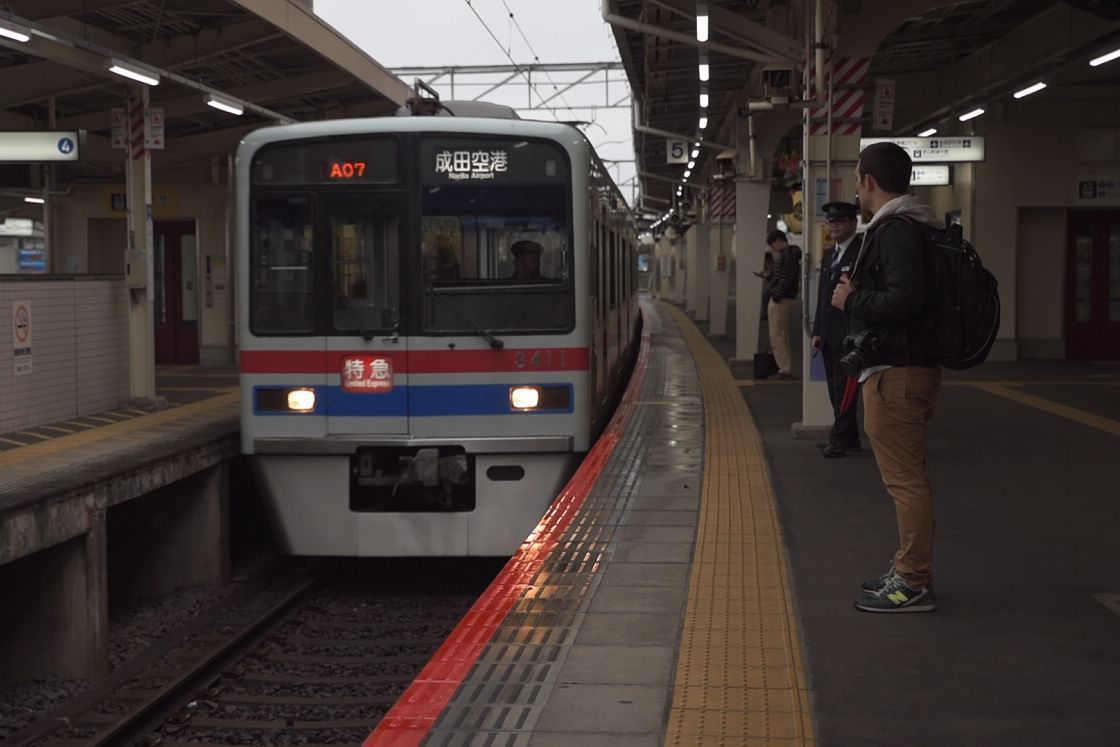Tours from Narita Airport: Naritasan
Narita Airport now offers free guided tours to some of its nearby attractions. The tours, of which there are four course options that each focus on a different local area/activity, are led by English-speaking volunteer guides who can teach about the history of the area, translate, and show visitors spots that may be otherwise difficult to find. All tours start and end at Narita Airport and take around three hours each to complete, making them a great option for travelers with an airport transfer. Despite this, the tours are not limited to those patronizing the airport, and are open for anyone who has an interest in exploring the region.
Today I was on assignment taking part in one of these free guided tours. Having a fascination with history and temples, I opted to take part in the Narita City Tour. During the course of this tour, participants are led from the airport through the historic streets of Narita to the city's most famous religious site, Naritasan Shinshoji Temple, before being guided back to the airport.
As all tours do, mine was to begin around 9:00 am so, after arriving at Narita Airport, I excitedly made my way to the Narita Transit Program Counter from where the tours start. Terminals one and two each contain a centrally located and easy-to-find Narita Transit Program Counter. The particular counter at which tours begin is determined upon booking and, for transferring patrons, takes into account which terminal they are flying into.
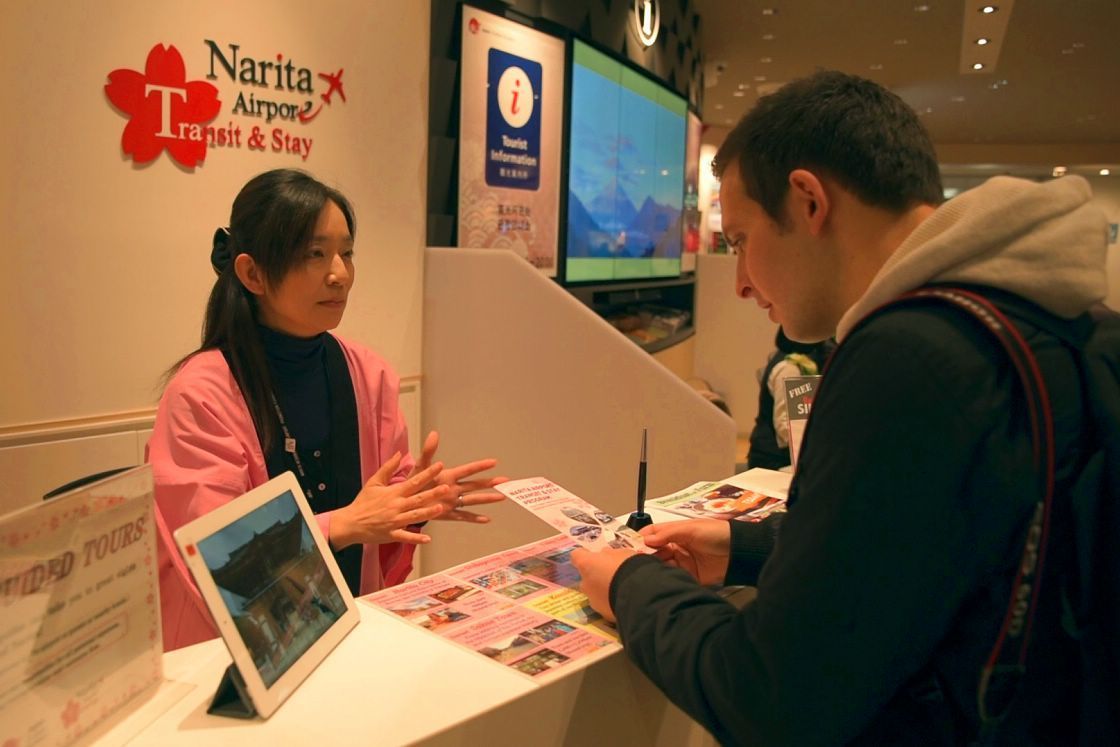
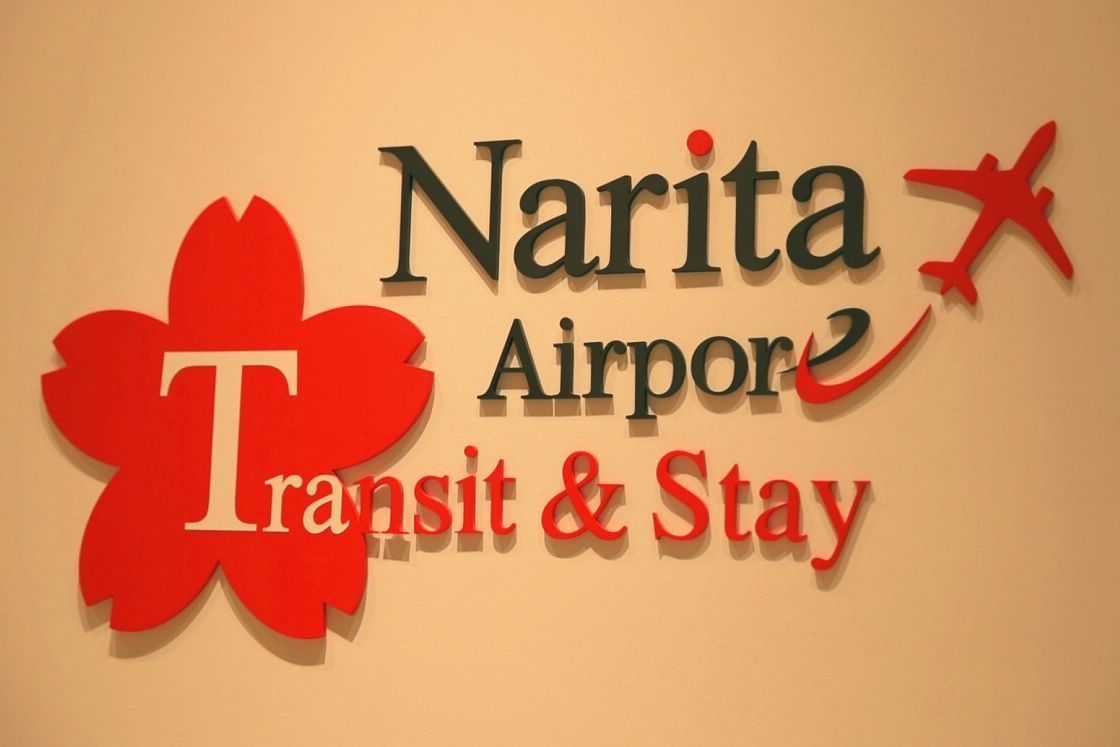
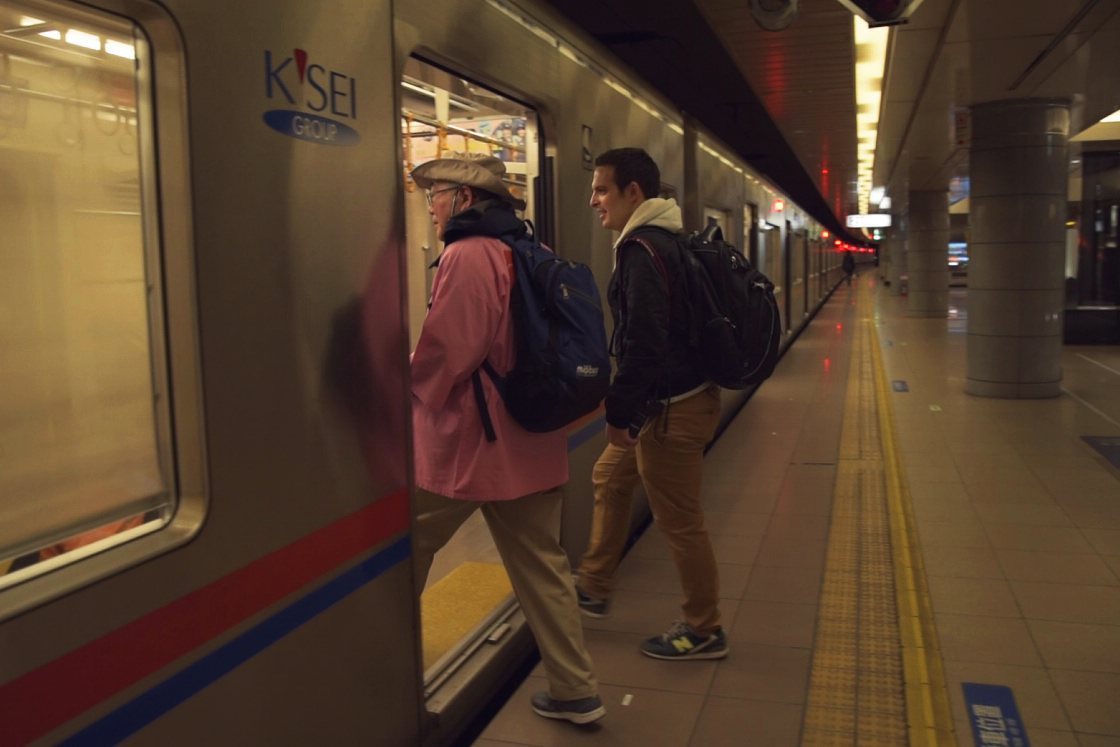
From the terminal my tour guide Ted led me to the airport train station where we boarded the train for the short journey to Narita City, alighting at Keisei Narita Station. Upon our arrival, Ted recounted some of the history of the area, bringing to my attention the start of the temple's approach, or Omotesando Street. The area surrounding Naritasan Shinshoji Temple has a long and rich history, with the approach serving pilgrims to the area for centuries with its shops and eateries.
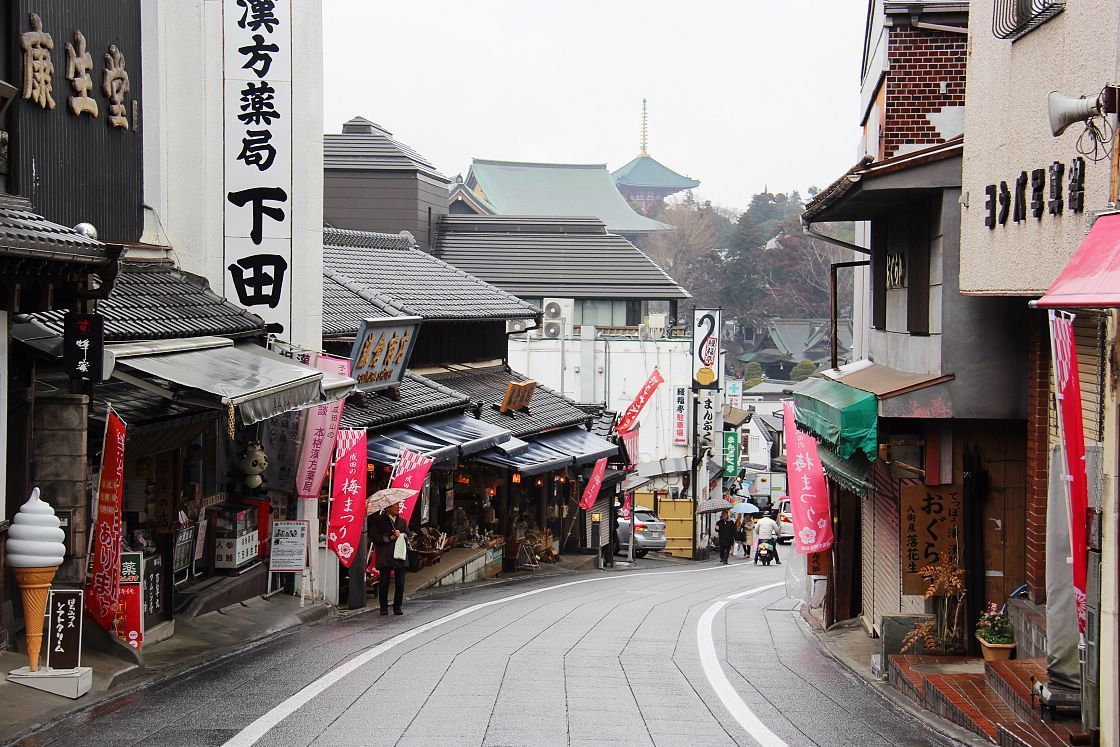
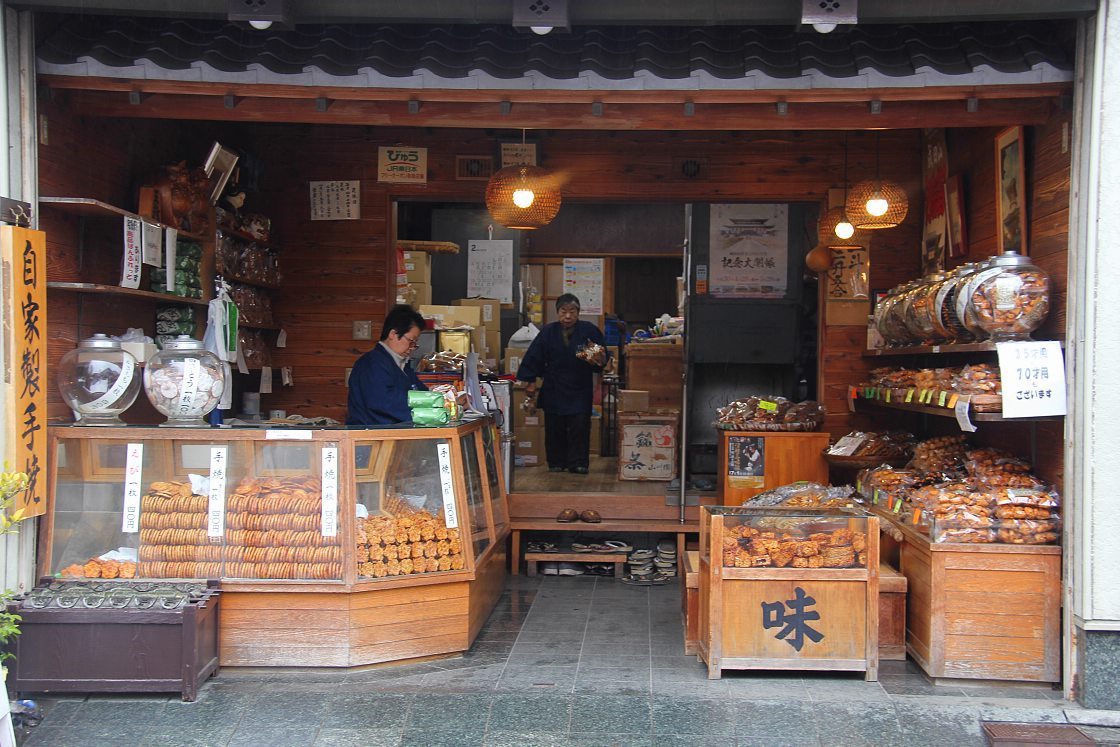
After walking a little way down Omotesando Street and taking in some of its charms, we stopped for manju, a traditional hot bun with a sweet filling. The taste was delicious and allowed me to get a heightened sense of the tradition that surrounded us. Following a quick bite, it was time to venture further down this historic street.
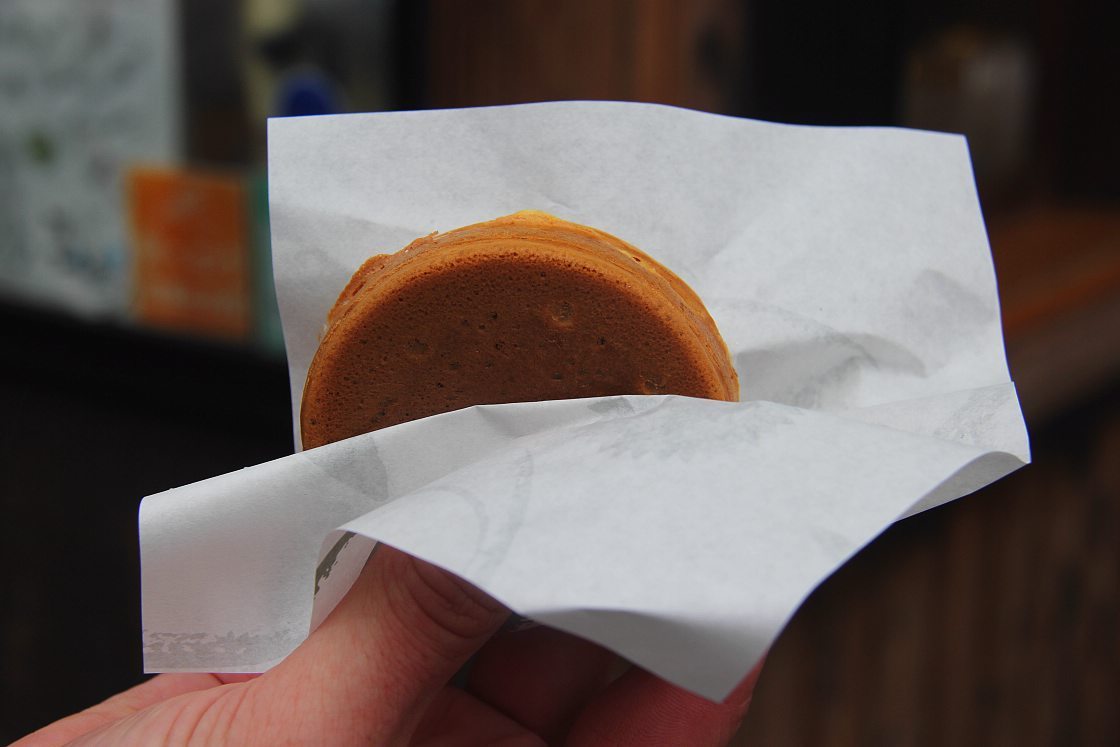
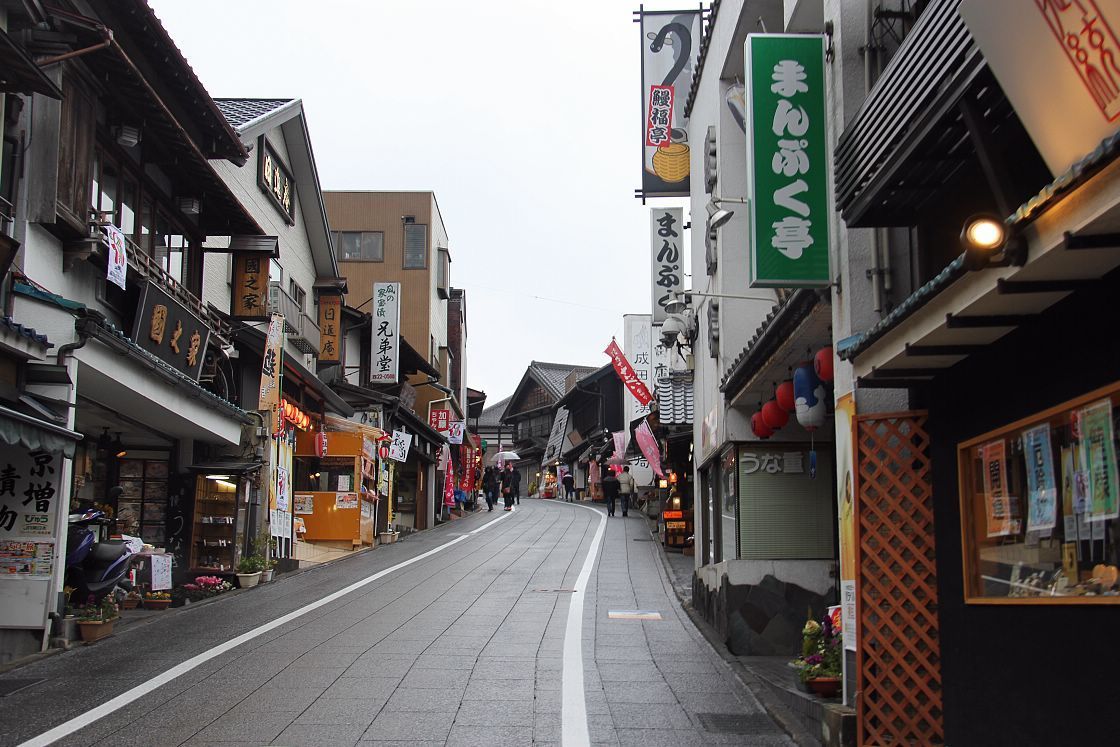
Around halfway down Omotesando Street, we ducked into a kimono rental shop, where visitors get the chance to dress in an authentic Japanese kimono for a reasonable price. I chose from their extensive selection and was promptly surrounded by the female dressers who, in seemingly a few minutes, had me fully attired and looking sharp. After slipping into traditional geta sandals to complete the look, I was off out for a stroll around the town in my new garb.

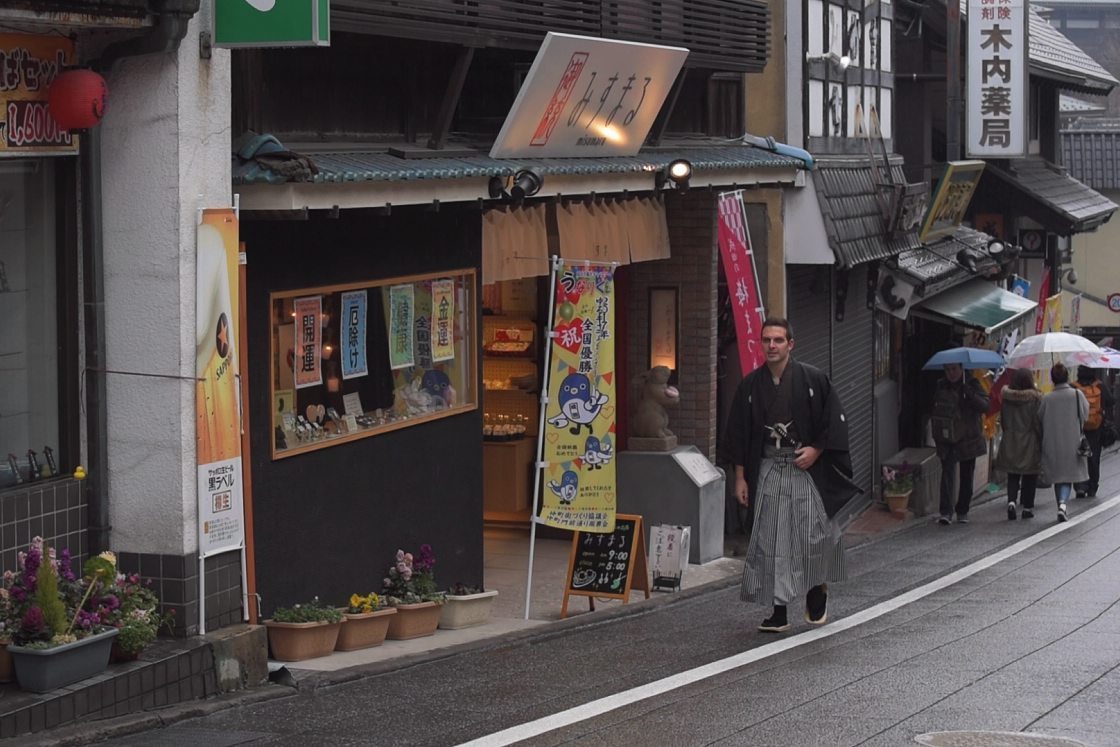
All the excitement so far had left me with quite the appetite so, after changing back into my normal clothes, it was off to Hikataya Daini Restaurant, one of Omotesando's famous eel places. Eel, or 'unagi' has been a specialty of the area for many years, and at the restaurant I could taste the tradition as I devoured a delectable eel feast which also included other dishes such as tempura. Satiated and ready to see more of this interesting area, it was back out to the street and on to the temple.
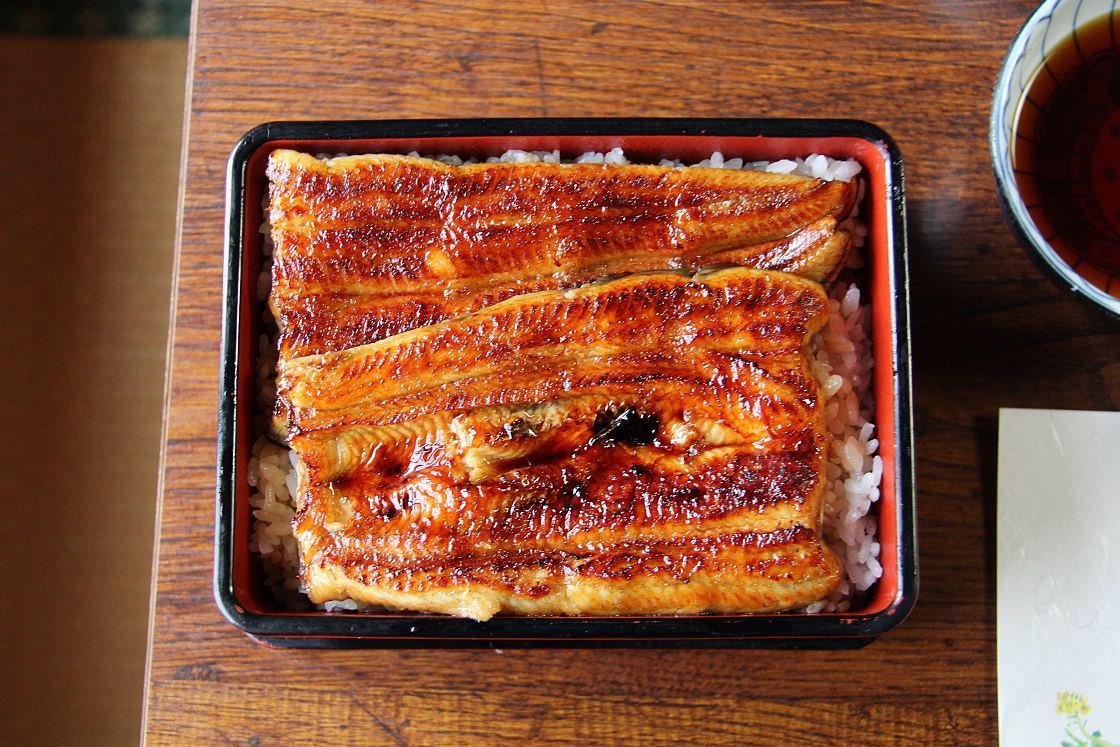
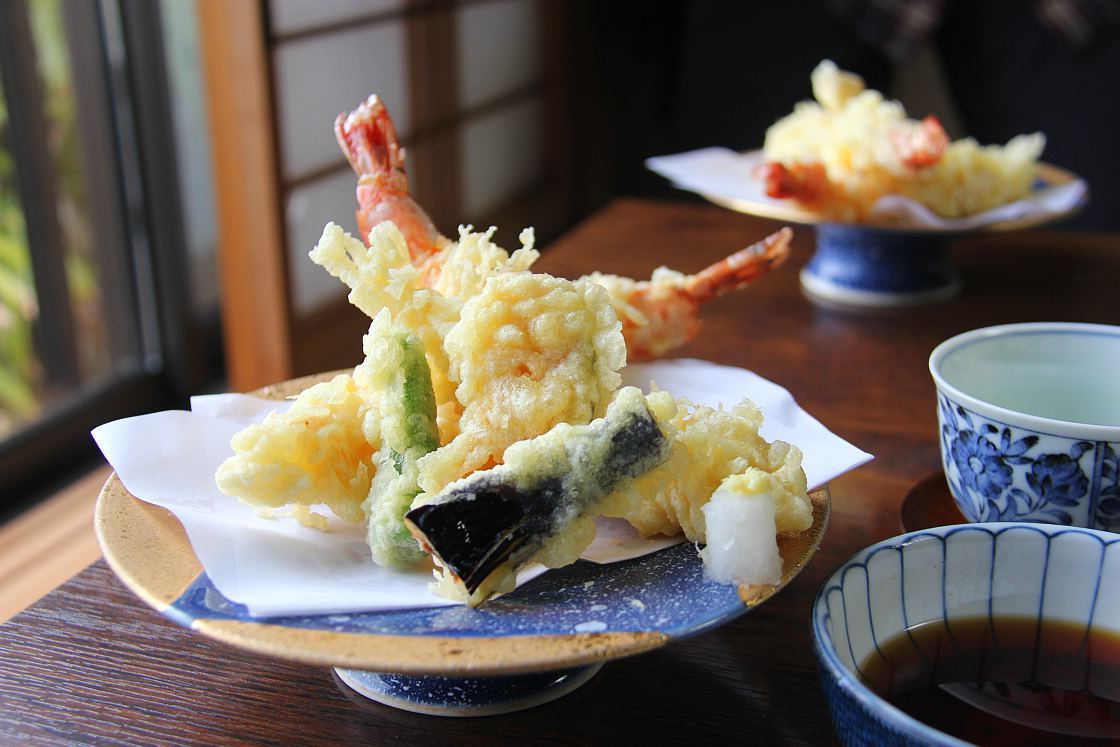
Naritasan Shinshoji Temple was built over 1000 years ago and today this temple that is loved by so many attracts millions of visitors a year, particularly over the New Year period when it is among the most visited temples in all of Japan. The temple also holds daily Ogoma rituals; a form of spiritual cleansing that destroys negative energies.
Guided as ever by Ted, I was able to explore the temple's picturesque grounds including its majestic Main Hall, the Great Peace Pagoda, and Naritasan Park, a scenic garden traversed by a walking path towards the back of the temple grounds.


Last but not least, I got the chance to receive my fortune, which is achieved by shaking a box until a straw bearing a number falls out of the bottom. The number on the straw corresponds to a door of an adjacent cupboard, wherein your fortune lies.
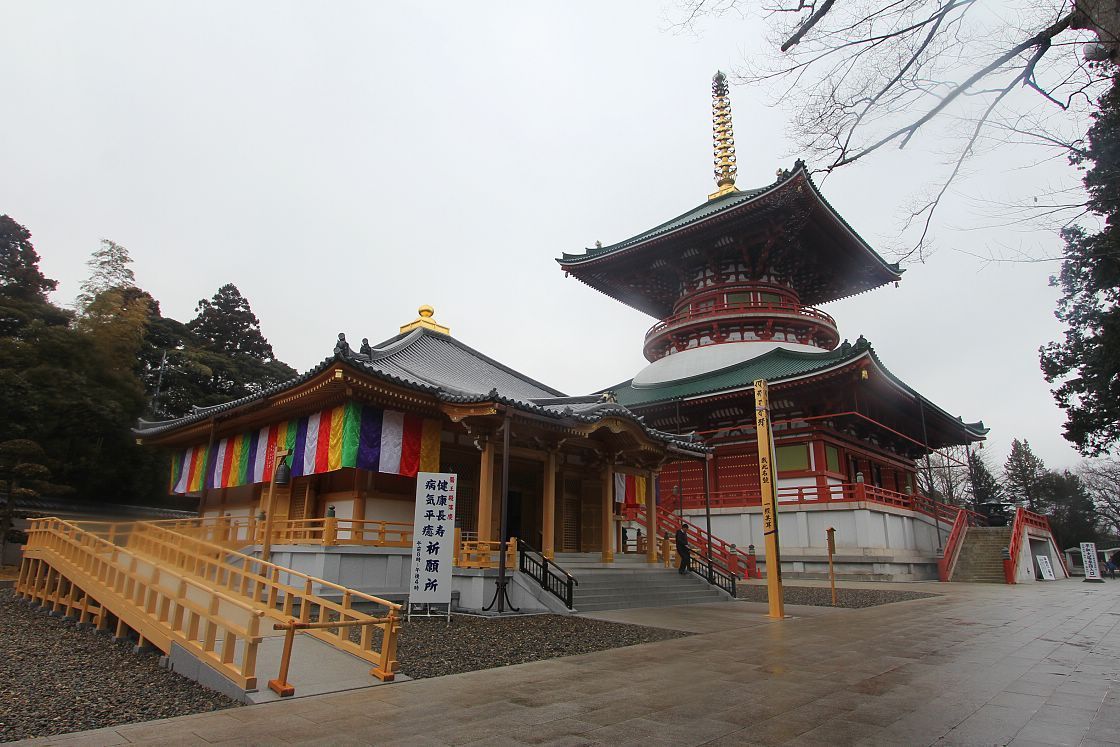

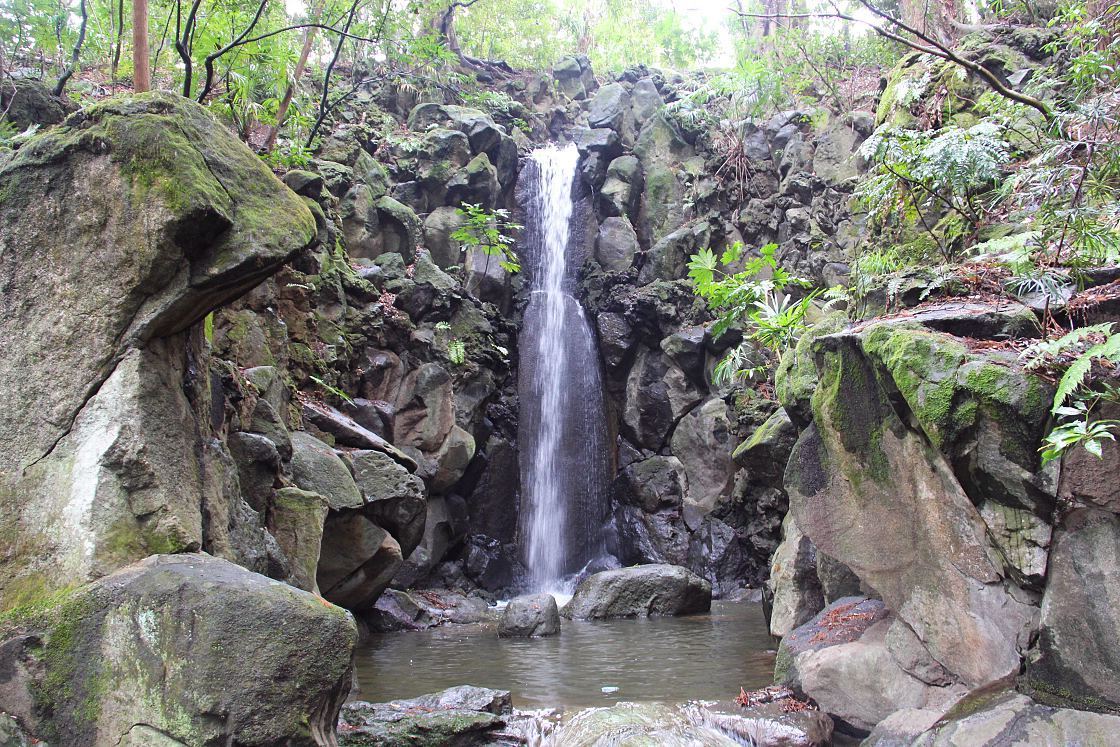
After exploring the temple it was time to head back towards the train station, taking in more of the atmospheric neighborhood as we did so. A thoroughly enjoyable and educational experience, I highly recommend this for those traveling to the area for an airport transfer or otherwise.
It is necessary to book your tour beforehand, with bookings made on Narita Airport Transit Program's English-language website. Days when tours are available are clearly shown here, with one able to book tours from 90 days in advance up until the day before.
